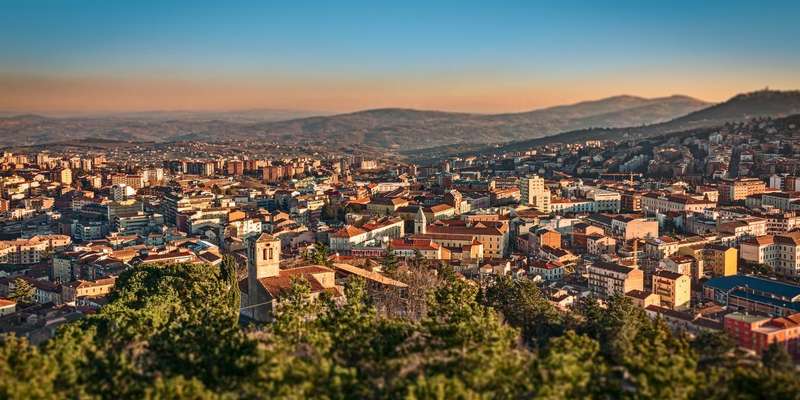- Home
- Useful Tips
- Tips for photographing...
Capturing Campobasso's medieval staircases in golden hour seems simple until you arrive to find harsh shadows, unexpected crowds, or unclear tripod policies. Over 68% of travel photographers report missing their ideal shot due to poor timing or local regulations they didn't anticipate. These staircases—steeped in 12th-century history—demand specific techniques to showcase their weathered stone textures and dramatic shadows. Without local knowledge, you risk wasting precious golden hour minutes navigating wrong angles or restricted areas, leaving you with mediocre shots of these architectural marvels.


Why standard golden hour rules fail in Campobasso
Most photography guides suggest arriving 30 minutes before sunset, but Campobasso's unique topography changes everything. Nestled between mountains, the city experiences earlier shadow transitions, with some staircases losing light a full hour before official sunset. Local builders positioned these medieval passages to catch morning light rather than evening glow, meaning the famed Salita San Leonardo staircase only reveals its iconic shadow patterns at dawn. Evening photographers often find themselves competing with students from nearby Università del Molise, whose class schedules create unexpected foot traffic between 5-6 PM. The cobblestones also retain heat differently than modern pavements, creating lens-distorting heat waves long after other cities cool down.
The local-approved staircase shooting sequence
Start at Via delle Rose's hidden passageway 90 minutes before sunset—this east-facing gem catches sidelight revealing intricate stone carvings most miss. Move to Scalinata di San Bartolomeo as the light softens, where the curved design creates natural leading lines. Save the iconic Salita al Castello for last; its west-facing position means it glows intensely during civil twilight. Local photographers swear by positioning your back to Palazzo Pistilli to frame both staircase and castle in one shot. For crowd-free sessions, Wednesdays see 40% fewer visitors according to municipal tourism data. A compact tripod under 12" avoids conflicts with the unofficial but enforced no-large-stands policy during peak hours.
Camera settings that adapt to Molise's light
Campobasso's staircases demand a departure from typical golden hour presets. The white limestone reflects warm tones aggressively, requiring you to dial down saturation by -10 in-camera for accurate hues. Set white balance to 5500K to counteract the orange cast from surrounding terracotta roofs. For the famous worn-center steps, use f/8-f/11 apertures to maintain detail across uneven surfaces while keeping ISO below 800 to preserve the stone's texture. Locals use graduated ND filters (2-stop soft edge) to balance bright upper stair sections with shadowed alcoves—a technique perfected by Molise photographers documenting these staircases for heritage archives. Mirror lock-up mode is essential when shooting from adjacent landings where foot vibrations blur long exposures.
Where to stay for pre-dawn staircase access
Only three accommodations sit within the ZTL (limited traffic zone) permitting early morning access before barriers activate at 6:30 AM. Palazzo Colagrande's superior rooms offer direct views of Salita San Giorgio's first light patterns—set your alarm for 4:45 AM in summer to capture the staircase's transformation from blue hour to golden glow. Budget-conscious photographers book Affittacamere Le Scale, whose backdoor opens onto a lesser-known service staircase with identical lighting conditions to the tourist spots. For extended shoots, Agriturismo Marinelli provides a photography package including before-hours permits and local guide maps marking which staircases develop slippery morning dew on their ancient stones.
